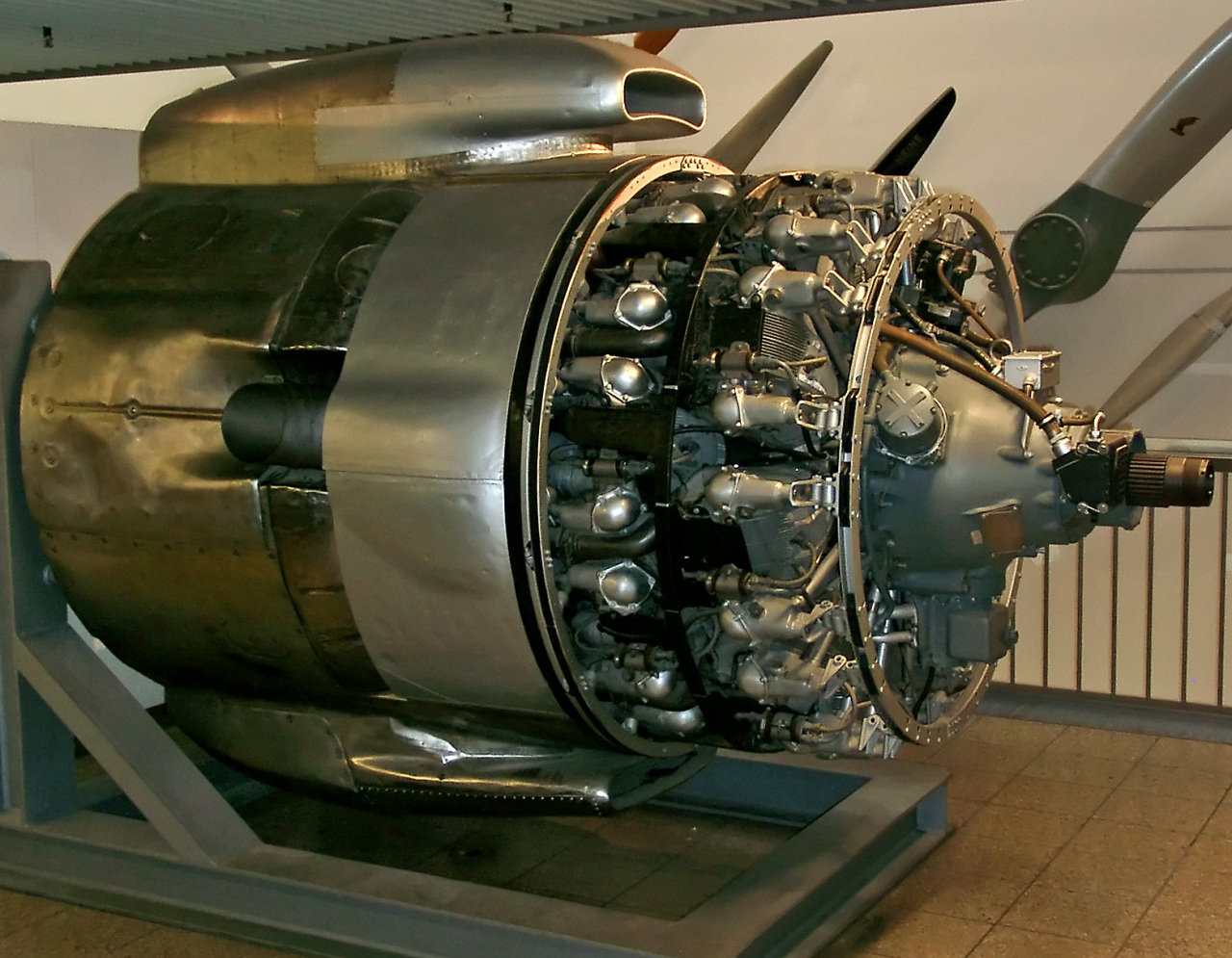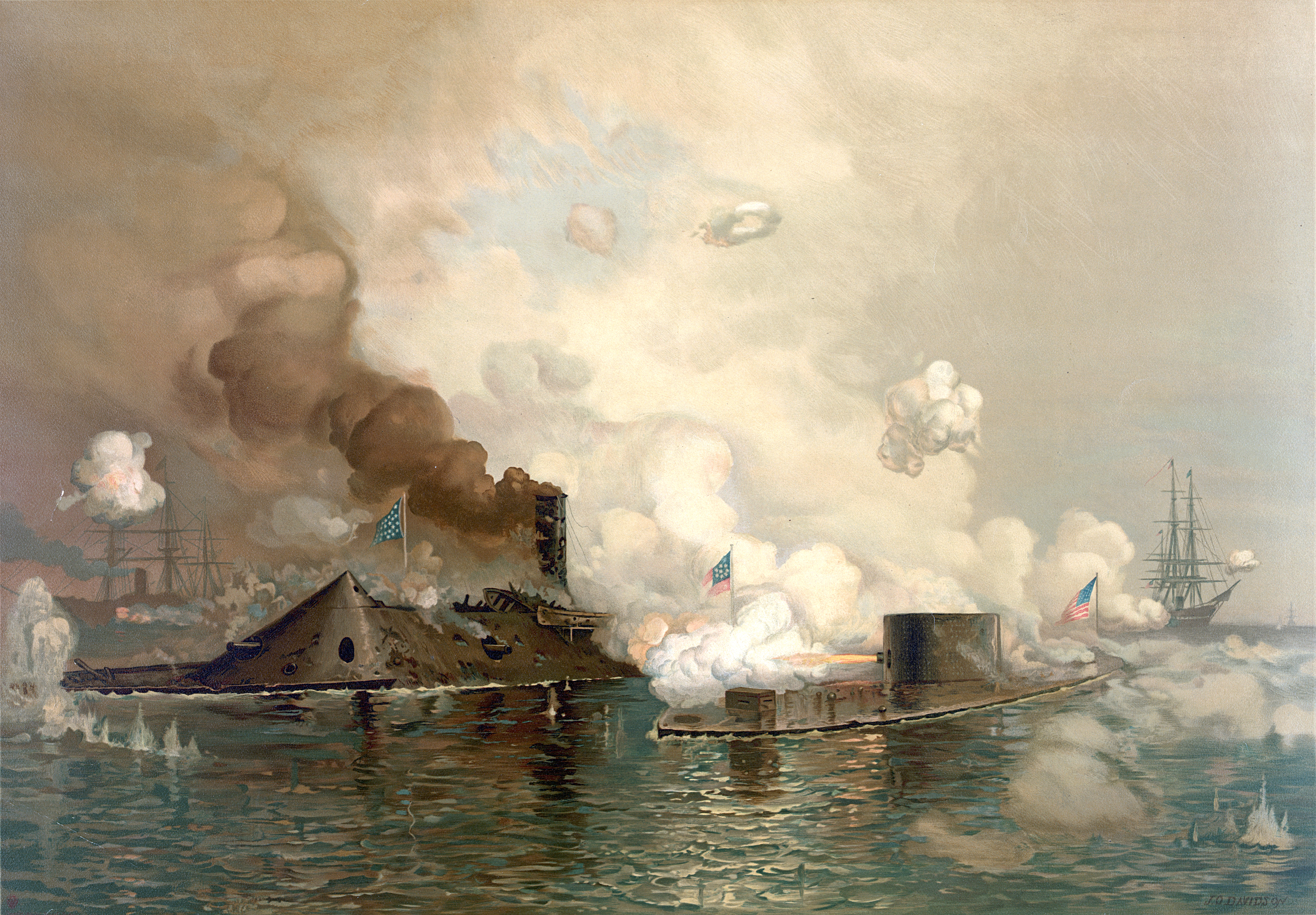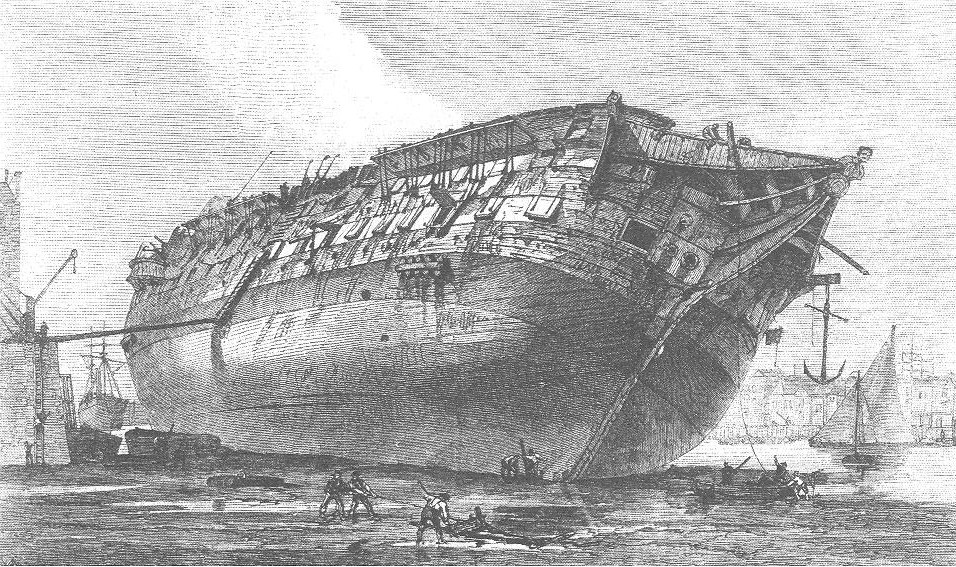|
SMS Leopard (1885)
SMS ''Leopard'' was a torpedo cruiser (''Torpedoschiff'') of the Austro-Hungarian Navy. She and her sister ship, , were part of a program to build up Austria-Hungary's fleet of torpedo boat, torpedo craft in the 1880s. Both ships, the only members of the , were built in Britain at the Armstrong Whitworth, Armstrong shipyard in Elswick, Tyne and Wear, Elswick. ''Leopard'' was keel laying, laid down in January 1885, launched in September 1885, and completed in March 1886. She was armed with a battery of two guns and ten guns, along with four torpedo tubes. ''Leopard'' spent much of her career in the main Austro-Hungarian fleet. During this period, she visited Spain for the 1888 Barcelona Universal Exposition, and took part in an international naval demonstration off Crete in 1897 in an attempt to limit the Greco-Turkish War (1897), Greco-Turkish War. From 1900, ''Leopard'' made two major overseas deployments, including a tour of the Pacific Ocean in 1900–1901, and a sti ... [...More Info...] [...Related Items...] OR: [Wikipedia] [Google] [Baidu] |
Compound Engine
A compound engine is an engine that has more than one stage for recovering energy from the same working fluid, with the exhaust from the first stage passing through the second stage, and in some cases then on to another subsequent stage or even stages. Originally invented as a means of making steam engines more efficient, the compounding of engines by use of several stages has also been used on internal combustion engines and continues to have niche markets there. The stages of a compound engine may be either of differing or of similar technologies, for example: * In a turbo-compound engine, the exhaust gas from the cylinders passes through a turbine, the two stages being dissimilar. * In a compound steam locomotive, the steam passes from the high-pressure cylinder or cylinders to the low-pressure cylinder or cylinders, the two stages being similar. * In a triple-expansion steam engine, the steam passes through three successive cylinders of increasing size and decreasing press ... [...More Info...] [...Related Items...] OR: [Wikipedia] [Google] [Baidu] |
Crete
Crete ( ; , Modern Greek, Modern: , Ancient Greek, Ancient: ) is the largest and most populous of the Greek islands, the List of islands by area, 88th largest island in the world and the List of islands in the Mediterranean#By area, fifth largest island in the Mediterranean Sea, after Sicily, Sardinia, Cyprus, and Corsica. Crete is located about south of the Peloponnese, and about southwest of Anatolia. Crete has an area of and a coastline of 1,046 km (650 mi). It bounds the southern border of the Aegean Sea, with the Sea of Crete (or North Cretan Sea) to the north and the Libyan Sea (or South Cretan Sea) to the south. Crete covers 260 km from west to east but is narrow from north to south, spanning three longitudes but only half a latitude. Crete and a number of islands and islets that surround it constitute the Region of Crete (), which is the southernmost of the 13 Modern regions of Greece, top-level administrative units of Greece, and the fifth most popu ... [...More Info...] [...Related Items...] OR: [Wikipedia] [Google] [Baidu] |
Length Overall
Length overall (LOA, o/a, o.a. or oa) is the maximum length of a vessel's hull measured parallel to the waterline. This length is important while docking the ship. It is the most commonly used way of expressing the size of a ship, and is also used for calculating the cost of a marina berth (for example, £2.50 per metre LOA). LOA is usually measured on the hull alone. For sailing ships, this may ''exclude'' the bowsprit and other fittings added to the hull. This is how some racing boats and tall ships use the term LOA. However, other sources may include bowsprits in LOA. Confusingly, LOA has different meanings. "Sparred length", "Total length including bowsprit", "Mooring length" and "LOA including bowsprit" are other expressions that might indicate the full length of a sailing ship. LOD Often used to distinguish between the length of a vessel including projections (e.g. bow sprits, etc.) from the length of the hull itself, the Length on Deck or LOD is often reported. T ... [...More Info...] [...Related Items...] OR: [Wikipedia] [Google] [Baidu] |
NH 88922 SMS Leopard
NH or Nh may refer to Businesses and organizations * All Nippon Airways (IATA code NH), formerly Nippon Helicopter, Japan's largest airline * National Agricultural Cooperative Federation, a South Korean cooperative federation also known by its Korean initials NH (''Nonghyup'') * New York, New Haven and Hartford Railroad * NH (media company), formerly ', a Dutch broadcasting company * NH Hotel Group, formerly ', a Spanish-based hotel chain * NH Media ("''Nam Hee''"), a South Korean entertainment agency * Nordsjælland Håndbold, a Danish handball team Places * New Hampshire, US (postal abbreviation NH) * New Haven, a city in Connecticut, United States * Noroton Heights, Connecticut, a town in Connecticut, United States * North Holland, a province in the Netherlands * Nowa Huta, a district of Kraków, Poland In science and technology * Nh (digraph), an orthographic concept * National Hose Thread, a threaded connection standard used on hose couplings * Nickel hydride, a type of rech ... [...More Info...] [...Related Items...] OR: [Wikipedia] [Google] [Baidu] |
Protected Cruiser
Protected cruisers, a type of cruiser of the late 19th century, took their name from the armored deck, which protected vital machine-spaces from fragments released by explosive shells. Protected cruisers notably lacked a belt of armour along the sides, in contrast to armored cruisers which carried both deck and belt armour. Outside of a handful of very large designs in the major navies (which preceded the revival of armored cruisers), the majority of protected cruisers were of 'second-' or 'third-class' types, lighter in displacement and mounting fewer and/or lighter guns than armored cruisers. By the early 20th-century, with the advent of increasingly lighter yet stronger armour, even smaller vessels could afford some level of both belt and deck armour. In the place of protected cruisers, these new ' light armored cruisers' would evolve into light cruisers and heavy cruisers, the former especially taking on many of the roles originally envisioned for protected cruisers. ... [...More Info...] [...Related Items...] OR: [Wikipedia] [Google] [Baidu] |
Ironclad Battleship
An ironclad was a steam-propelled warship protected by steel or iron armor constructed from 1859 to the early 1890s. The ironclad was developed as a result of the vulnerability of wooden warships to explosive or incendiary shells. The first ironclad battleship, , was launched by the French Navy in November 1859, narrowly preempting the British Royal Navy. However, Britain built the first completely iron-hulled warships. Ironclads were first used in warfare in 1862 during the American Civil War, when they operated against wooden ships, and against each other at the Battle of Hampton Roads in Virginia. Their performance demonstrated that the ironclad had replaced the unarmored ship of the line as the most powerful warship afloat. Ironclad gunboats became very successful in the American Civil War. Ironclads were designed for several uses, including as high-seas battleships, long-range cruisers, and coastal defense ships. Rapid development of warship design in the late 19th ... [...More Info...] [...Related Items...] OR: [Wikipedia] [Google] [Baidu] |
Maximilian Daublebsky Von Sterneck
Maximilian Daublebsky Freiherr von Sterneck zu Ehrenstein (14 February 1829 – 5 December 1897) was an Austrian admiral who served as the chief administrator of the Austro-Hungarian Navy from 1883 until his death. Biography He was born at Klagenfurt, into a family from Bohemia where they long held the office of mayor of Budweis. In 1620 they were ennobled in Austria with the addition of the German name ''von Sterneck''. Jacob Daublebsky von Sterneck was further created ''Freiherr'' (Baron) ''von Sterneck zu Ehrenstein'' in 1792. His son Joseph settled in Carinthia and purchased the castle of Krastowitz in Klagenfurt, where his son Maximilian was born in 1829. Maximilian Daublebsky von Sterneck was educated to be an officer in the then Austrian Navy, attaining the rank of lieutenant commander (''Korvettenkapitän'') in 1859. He was promoted to commander (''Fregattenkapitän'') in 1864 and later was appointed to command the flagship ''Erzherzog Ferdinand Max'' by rear-admiral ... [...More Info...] [...Related Items...] OR: [Wikipedia] [Google] [Baidu] |
Vizeadmiral
(; abbreviated VAdm) is a senior naval flag officer rank in several German-speaking countries, equivalent to Vice admiral. Austria-Hungary In the Austro-Hungarian Navy there were the flag-officer ranks ''Kontreadmiral'' (also spelled ''Konteradmiral'' in the 20th century), ''Viceadmiral'' , and ''Admiral'', as well as ''Großadmiral''. Belgium In the Belgian Navy, the rank is known as , and . Germany Rank insignia and rating Its rank insignia, worn on the sleeves and shoulders, are one five-pointed star above a big gold stripe and two normal ones (without the star when rank loops are worn). It is grade B8 in the pay rules of the Federal Ministry of Defence. The sequence of ranks (top-down approach) in that particular group is as follows: *OF-9: Admiral (Germany) / General (Germany) *OF-8: Vizeadmiral / Generalleutnant *OF-7: Konteradmiral / Generalmajor *OF-6: Flottillenadmiral / Brigadegeneral History Imperial German Navy and ''Kriegsmarine'' In ... [...More Info...] [...Related Items...] OR: [Wikipedia] [Google] [Baidu] |
Ship Breaking
Ship breaking (also known as ship recycling, ship demolition, ship scrapping, ship dismantling, or ship cracking) is a type of ship disposal involving the breaking up of ships either as a source of Interchangeable parts, parts, which can be sold for re-use, or for the extraction of raw materials, chiefly scrap. Modern ships have a lifespan of 25 to 30 years before corrosion, Fatigue (material), metal fatigue and a lack of parts render them uneconomical to operate. Ship-breaking allows the materials from the ship, especially steel, to be recycled and made into new products. This lowers the demand for mined iron ore and reduces energy use in the steelmaking process. Fixtures and other equipment on board the vessels can also be reused. While ship-breaking is sustainable, there are concerns about its use by poorer countries without stringent environmental legislation. It is also labour-intensive, and considered one of the world's most dangerous industries. In 2012, roughly 1,250 oce ... [...More Info...] [...Related Items...] OR: [Wikipedia] [Google] [Baidu] |
War Prize
A prize of war (also called spoils of war, bounty or booty) is a piece of enemy property or land seized by a belligerent party during or after a war or battle. This term was used nearly exclusively in terms of captured ships during the 18th and 19th centuries. Basis in international law Rules defining how prizes were claimed and administered originated before there were organized government navies and were an outgrowth of privateering. Current international treaties provide for the retention of personal property by captured soldiers as well as issues of personal equipment in their possession when captured (including clothing, helmets, rank insignia and medals, and protective equipment such as gas masks), but excluding certain issue items such as weapons, horses, maps, and military documents. Non-personal equipment, vehicles, artillery pieces, ships, stockpiles of food and other material belongs to the capturing state and it may be used without any restriction. Notable prize-takin ... [...More Info...] [...Related Items...] OR: [Wikipedia] [Google] [Baidu] |
Guard Ship
A guard ship is a warship assigned as a stationary guard in a port or harbour, as opposed to a coastal patrol boat, which serves its protective role at sea. Royal Navy In the Royal Navy of the eighteenth century, peacetime guard ships were usually third-rate or fourth-rate ships of the line. The larger ships in the fleet would be laid up " in ordinary" with skeleton crews, the spars, sails and rigging removed and the decks covered by canvas – the historic equivalent of a reserve fleet. By contrast the guard ships would carry sails and rigging aboard, be cleaned below the waterline to increase their speed under sail, and be manned by at least one quarter of their normal crew. A port or major waterway may be assigned a single guardship which would also serve as the naval headquarters for the area. Multiple guardships were required at larger ports and Royal Dockyards, with the largest single vessel routinely serving as the Port Admiral's flagship. If war was declared, or an ... [...More Info...] [...Related Items...] OR: [Wikipedia] [Google] [Baidu] |
Pula
Pula, also known as Pola, is the largest city in Istria County, west Croatia, and the List of cities and towns in Croatia, seventh-largest city in the country, situated at the southern tip of the Istria, Istrian peninsula in western Croatia, with a population of 52,220 in 2021. It is known for its multitude of ancient Roman Empire, Roman buildings, the most famous of which is the Pula Arena, one of the best preserved Roman amphitheaters. The city has a long tradition of wine making, fishing, shipbuilding, and tourism. It was the administrative centre of Istria from ancient Rome, ancient Roman times until superseded by Pazin in 1991. History Pre-history Evidence of the presence of ''Homo erectus'' one million years ago has been found in the cave of Šandalja near Pula. Pottery from the Neolithic period (6000–2000 BC), indicating Colonization, human settlement, has been found around Pula. In the Bronze Age (1800–1000 BC), a new type of settlement appeared in Istria, called ... [...More Info...] [...Related Items...] OR: [Wikipedia] [Google] [Baidu] |








